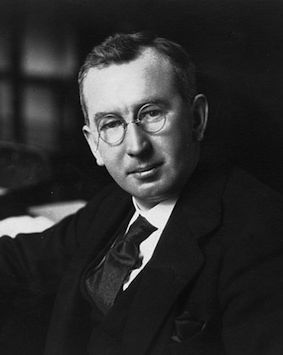Fionán Lynch
He held three ministerial posts - Minister for Education; Minister for Fisheries Minister, and Minister for Lands and Fisheries, served as Leas-Cheann Comhairle of Dáil Éireann, was a Judge of the Circuit Court for fifteen years, and played an important role in the Irish revolutionary period. Born in county Kerry in 1889, Fionán Lynch is the focus of today’s blog. Despite his relatively young age, Lynch was first elected as a public representative in 1918 and until 1959 remained in public office.
A newspaper report in 1966 reporting news of his death noted the following about his lengthy career:
Judge Fionan Lynch died at his home at, Dartry. Dublin, yesterday, aged 77. A 1916 veteran, he was a prominent member of the first government of the Irish Free State. A native Irish speaker from Cahirciveen, Co. Kerry, he was educated at St. Brendan's College, Killarney; Rockwell College, Cashel, and Blackrock College, Dublin. He was drawn into the national movement at an early age and joined the Irish Volunteers. In 1916 he was captain of 'F' Coy., 1st Batt., Dublin Brigade. He was sentenced to death for his part in the Rising. In 1918 he was elected unopposed as T.D. for South Kerry, and in May 1921 for the constituency of Kerry and West Limerick. He was secretary with the late Mr. Erskine Childers to the Irish delegation of plenipotentiaries in the 1921 negotiations. He took the pro-Treaty side and was elected T.D for Kerry and West Limerick in 1922 and again for Kerry County down to 1933 and thereafter for South Kerry until 1944 when he was appointed Circuit Court judge for Counties Donegal and Sligo.
At 30 years of age he was one of the eight members of the Provisional Government in 1921 and its Minister of Education. In 1922 he was appointed Minister for Fisheries and from 1928 until 1932 he was Minister for Lands and Fisheries. After six years as an Opposition deputy during which he became deputy leader of Fine Gael, he was elected Leas Ceann Comhairle of the Dail in 1938.
For more information search the pages of the Irish Newspaper Archive (www.irishnewsarchive.com )
